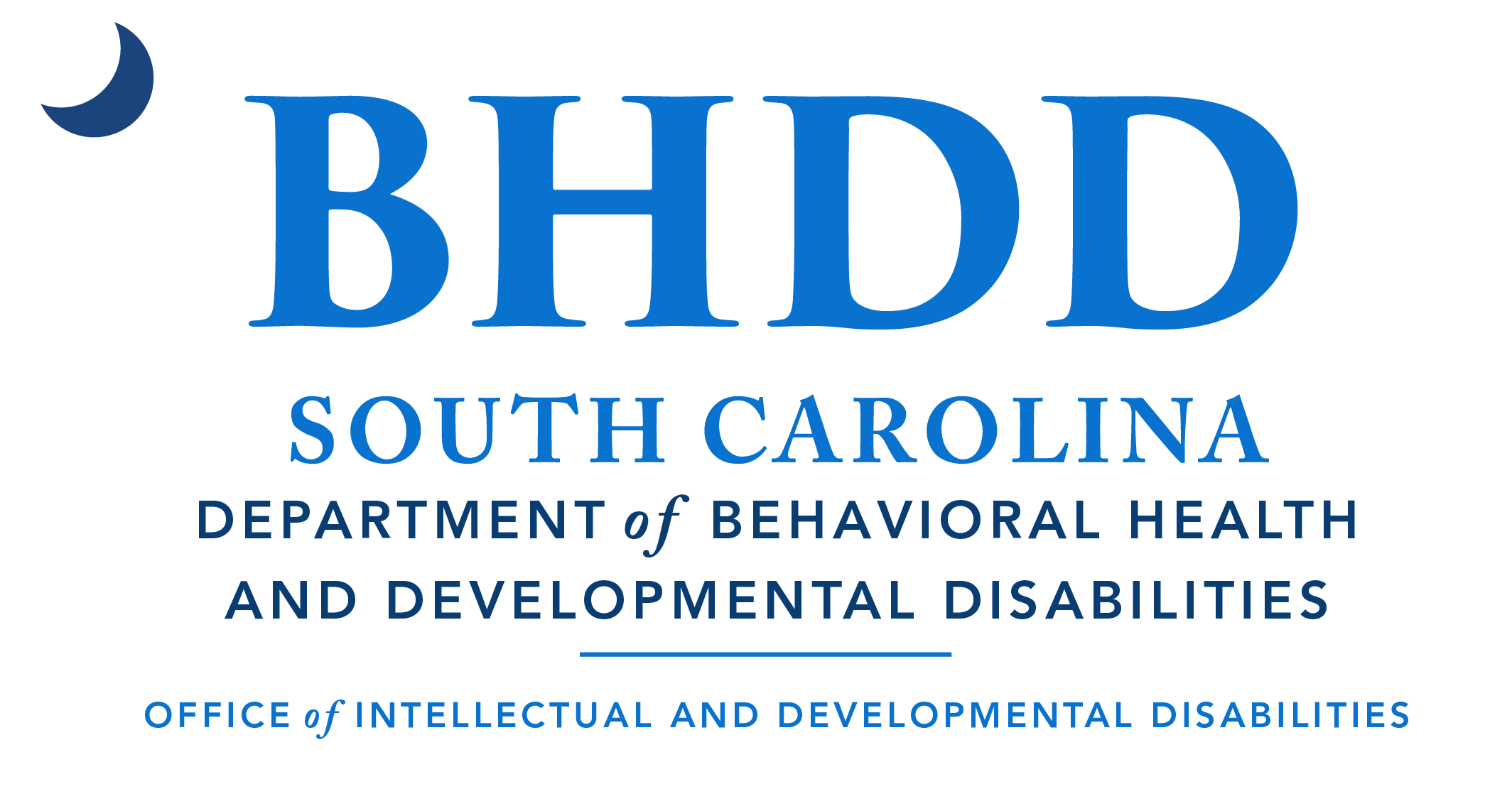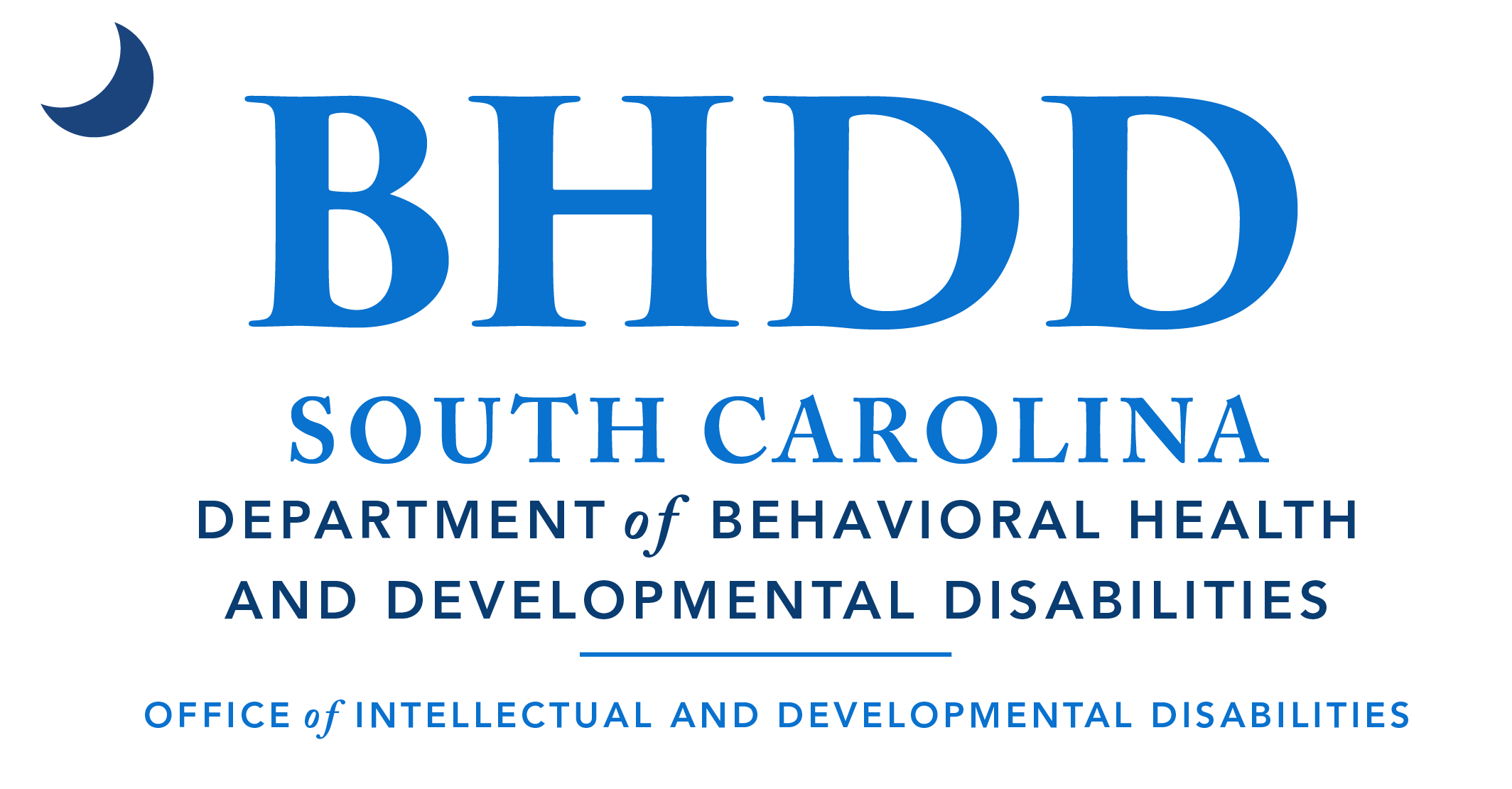The Basic Assurances® were developed by The Council on Quality and Leadership (CQL).
The Council on Quality and Leadership’s (CQL) Basic Assurances® ensure accountabilities for health, safety and human security within service provider organizations. Basic Assurances® are more than a high-level compliance review of licensing and certification standards. Although the Basic Assurances® do contain requirements for certain systems (i.e., policies and procedures), the true measure of the effectiveness of the system or policies is determined in practice. Demonstrations of assurances of health, safety and human security are prerequisites for providing responsive services and enhancing the quality of life for service recipients. Assurances are not statements of intent; they are demonstrations of successful operations in the areas of health, safety and human security.
The Basic Assurances® contains 10 Factors, 46 Indicators, and over 300 quality probes (or sub-indicators). The application of the Basic Assurances® involves two broad evaluation strategies – evaluation of both the system and the organizational practice. Policies and other systems are important for sustainability and consistency over time -- but so too is the actual practice of implementing the policy. The Basic Assurances® self-assessment identifies how the organization views their systemic and practice infrastructure for meeting the non-negotiable prerequisites to service delivery prior to a formal review. Data collected during the assessment process is analyzed to identify trends and gaps in organizational structure and to make recommendations for improvement. Data can be analyzed at the single provider level, or compared against other agencies locally, statewide or nationally.
CQL’s Basic Assurances® require more than compliance with licensing and certification standards. Basic Assurances® looks at the provision of safeguards from the person’s perspective. While the Basic Assurances® contain requirements for certain systems and policies and procedures, they go well beyond that. The effectiveness of the system or the policy is determined in practice, person by person. The Basic Assurances®:
- Are essential, fundamental and non-negotiable requirements for all service and support providers.
- Provide Demonstrations of successful operations in the areas of health, safety and human security.
- Form the bedrock of social stability.
The Basic Assurances® are a balance between concerns for individual Health, Safety and Security and the necessity of social constructs such as Respect, Natural Supports and Social Networks to ensure sustainable outcomes for people. Each indicator is evaluated on two (2) dimensions, System and Practice, and both must be present for the overall indicator to be considered present.
When considering the Basic Assurances ®, the provider’s Systems and Practices will be assessed.
SYSTEMS are typically described in organizational policy and procedure and supported through staff training and other approaches. Organizational systems must be sustainable over time and flexible enough to be individually applied.
PRACTICE is what we find happening in people’s lives as a result of these systems. Organizational practice demonstrates how an organization’s supports are put into action for each person.
Basic Assurances ®
Factor One: Rights and Protection and Promotion
- The organization implements policies and procedures that promote people’s rights.
- The organization supports people to exercise their rights and responsibilities.
- Staff recognize and honor people’s rights.
- The organization upholds due process requirements.
- Decision–making supports are provided to people as needed.
Factor Two: Dignity and Respect
- People are treated as people first.
- The organization respects people’s concerns and responds accordingly.
- People have privacy.
- Supports and services enhance dignity and respect.
- People have meaningful work and activity choices.
Factor Three: Natural Support Networks
- Policies and practices facilitate continuity of natural support systems.
- The organization recognizes emerging support networks.
- Communication occurs among people, their support staff and their families.
- The organization facilitates each person’s desire for natural supports.
Factor Four: Protection from Abuse, Neglect, Mistreatment and Exploitation
- The organization implements policies and procedures that define, prohibit and prevent abuse, neglect, mistreatment and exploitation.
- People are free from abuse, neglect, mistreatment and exploitation.
- The organization implements systems for reviewing and analyzing trends, potential risks and sentinel events including allegations of abuse, neglect, mistreatment and exploitation, and injuries of unknown origin and deaths.
- Support staff know how to prevent, detect and report allegations of abuse, neglect, mistreatment and exploitation.
- The organization ensures objective, prompt and thorough investigations of each allegation of abuse, neglect, mistreatment and exploitation, and of each injury, particularly injuries of unknown origin.
- The organization ensures thorough, appropriate and prompt responses to substantiated cases of abuse, neglect, mistreatment and exploitation, and to other associated issues identified in the investigation.
Factor Five: Best Possible Health
- People have supports to manage their own health care.
- People access quality health care.
- Data and documentation support evaluation of health care objectives and promote continuity of services and supports.
- Acute health needs are addressed in timely manner.
- People receive medications and treatments safely and effectively.
- Staff immediately recognize and respond to medical emergencies.
Factor Six: Safe Environments
- The organization provides individualized safety supports.
- The physical environment promotes people’s health, safety and independence.
- The organization has individualized emergency plans.
- Routine inspections ensure that environments are sanitary and hazard free.
Factor Seven: Staff Resources and Supports
- The organization implements a system for staff recruitment and retention.
- The organization implements an ongoing staff development program.
- The support needs of individuals shape the hiring, training, and assignment of all staff.
- The organization implements systems that promote continuity and consistency of direct support professionals.
- The organization treats its employees with dignity, respect and fairness.
Factor Eight: Positive Services and Supports
- People’s individual plans lead to person-centered and person-directed services and supports.
- The organization provides continuous and consistent services and supports for each person.
- The organization provides positive behavior supports to people.
- The organization treats people with psychoactive medications for mental health needs consistent with national standards of care.
- People are free from unnecessary, intrusive interventions.
Factor Nine: Continuity and Personal Security
- The organization’s mission, vision and values promote attainment of personal outcomes.
- The organization implements sound fiscal practices.
- Business, administrative and support functions promote personal outcomes.
- The cumulative record of personal information promotes continuity of services.
Factor Ten: Basic Assurances System
- The organization monitors Basic Assurances.
- A comprehensive plan describes the methods and procedures for monitoring Basic Assurances.
The Basic Assurances® were developed by The Council on Quality and Leadership (CQL)
Using the Basic Assurances®
Factor: The main topic headings for the Basic Assurances®.
There are 10 Factors encompassed by the Basic Assurances®. As an example, Factor One is ‘Rights Protection and Promotion’.
Indicator: These are the expectations for each of the factors.
As an example, under Factor One: Rights Protection and Promotion, there are five (5) Indicators (A-E):
Factor One: Rights Protection and Promotion
| Indicator A | The organization implements policies and procedures that promote people’s rights. |
|---|---|
| Indicator B | The organization supports people to exercise their rights and responsibilities. |
| Indicator C | Staff recognizes and honors people’s rights. |
| Indicator D | The organization upholds due process requirements. |
| Indicator E | Decision-making support is provided to people as needed. |
Probes: Within Indicators, the probes assist in determining the presence of the Indicator within an organization or system. Probes are used to evaluate how well the organization meets each indicator.
As an example, under Indicator C of Factor One, there are six (6) probes:
Factor One: Rights Protection and Promotion
| Indicator C | Staff recognizes and honors people’s rights. |
|---|
Probes
| 1 | Are staff trained to recognize and respect people’s rights? |
|---|---|
| 2 | Are staff trained to recognize and honor preferences in regard to how people choose to exercise their rights? |
| 3 | Are staff who complete assessments trained to honor people’s goals and to support attainment of those goals in the best way possible? |
| 4 | Are staff trained in due process procedures? |
| 5 | Are staff trained in procedures for placing a limitation or restriction on a person’s rights? |
| 6 | Do staff demonstrate respect for and honor people’s rights? |
What information is needed for a Basic Assurances® Review?
When making decisions about the presence of Basic Assurances®, probes are used to assist in determining the presence of Indicators. Information gathering around the probes can include whatever is necessary to answer the questions fairly and accurately. Strategies for information gathering can include the following:
- Small group meetings
- Observation and Site Visits
- Interviews with key staff and people supported
- Review of written materials
- Policies and Procedures
- Mission/Vision Statements
- Person-Centered Service Plans
- Meeting and Committee Minutes
- Personnel Files
- ANE Reports, Critical Incident Reports, Consumer Complaints
From the information gathered, the presence of the following two (2) aspects will determine whether or not an Indicator is present:
Systems: Organized and coordinated methods which form a whole. The systems are the structure in which an agency supports an Indicator. These can include, but are not limited to:
- The Mission, Goals and Objectives
- Policies and Procedures
- Job Descriptions and Duties Performed
- Methods and Tools (Training, Committees, Resources, etc.)
- People (skills, leadership, HR functions, etc.)
- Organizational Structure, Chart and Hierarchy
Practice: The actual implementation of the identified systems. The practice must be seen throughout the organization and have a positive impact upon the Indicator and Factor. The practice is a demonstration of whether or not the organization is actually implementing an identified system. There may be times when the practice does not match the identified system, so closer evaluation is needed as to whether the practice needs to shift or the system needs to be altered to match the current practice (if it is effective).
Additional Resources:
The Council on Quality and Leadership (CQL) Website
Basic Assurances Self-Assessment (PDF)
CQL _ Basic Assurances - Cornerstones of the Foundation (PDF)
CQL - How Did Rights Get So Wrong? (PDF)
CQL - Basic Assurances - Fundamental, Essential, Personal (PDF)
CQL - Health and Safety Data Brief (PDF)
CQL - Responsive Services - Community Life (PDF)
CQL - Social Capital Index - Data Brief (PDF)
CQL - Shared Values - Where Quality Begins (PDF)
CQL - The Place that Quality Built
Autonomy, Empowerment and Supported Decision-Making
Fair Treatment: How Can We Support This Outcome?
DD Awareness Month: Exercising Rights
Videos:
Exploring Aspects of the HCBS Settings Regulations
Introduction To Social Capital
Webinars:
Frequently Asked Questions about the Basic Assurances®:
- Which providers will have a Basic Assurances® Review?
Day and Residential Service Providers will have a Basic Assurances® Review. - How often will I be reviewed?
The reviews will be conducted on a three year cycle. - How much notice will I receive when I am scheduled for a Basic Assurances® Review?
Providers will receive a 60 day notice prior to their scheduled review. At the time of notice, a meeting will be scheduled for the provider’s management team to meet with the Review Staff and establish timelines for the actual review and completion of the self-assessment. The self-assessment will be completed within 45 days of the notification of review. - Who conducts the Basic Assurances® Review?
BHDD-OIDD has contracted with a Quality Improvement Organization (QIO), Alliant ASO, to complete the Basic Assurances® Review. - How will the Review staff be trained?
Alliant ASO Staff will receive intensive training and support from The Council on Quality and Leadership (CQL). The Basic Assurances® Review staff must meet CQL’s strict Inter-rater Reliability Standards. - Will Review staff talk to people supported by the agency and their families? Yes.
Input from people receiving services and their families in an integral part of the Basic Assurances® Review. - Will the Review Staff talk to Direct Support Professionals?
The Basic Assurances® Review is designed to look at the actual implementation of a provider’s systems. The Direct Support Professionals will best explain how the provider’s policies and procedures are implemented. - How long will the review staff be on-site at my organization?
The Basic Assurances® Review staff will typically be on-site for three (3) days to gather information about your organization. On the 4th day, the Review staff will spend approximately three (3) to four (4) hours meeting with your staff to provide results from the review. - Can I complete the Self-Assessment at any time? Yes.
The Basic Assurances® Self-Assessment is available to providers for review at any time. The assessment can be updated prior to the Basic Assurances® Review. Providers are encouraged to use the self-assessment as a part of their strategic planning process. - How do I prepare for a Basic Assurances® Review?
There is not anything new or different that a provider should do to prepare for a Basic Assurances® Review. BHDD-OIDD’s provider network has been exposed to Personal Outcome Measures© and the Basic Assurances® philosophy for nearly 20 years. BHDD-OIDD Directives and Standards have been written to support the principles of Personal Outcome Measures© and the Basic Assurances® and often reference these two measurement tools. - Why do I have Basic Assurances® and a Contract Compliance and Licensing Review?
Currently, the Contract Compliance Reviews (CCR) and Licensing Reviews are individually required in each of the BHDD-OIDD Operated Home and Community Based Waivers. Data gathered from each review is used to demonstrate compliance with specific Waiver performance measures. The Basic Assurances® are a new component in BHDD-OIDD’s Quality Assurance system that look at outcomes for people supported, rather than just compliance with the standards. Many of the HCBS performance measure could be demonstrated through the use of Basic Assurances® in the future. HCBS Waiver documents would need to be amended and approved by CMS. - What are the overall goals of the Basic Assurances® Review?
During the visit, the review team will seek to accomplish several goals:
- Facilitate the provider’s self-discovery,
- Facilitate the development of knowledge and skills within an organization to support people to achieve their personal priorities.
- Jointly assess the status of the organization using the Basic Assurances®.
- Support the organization to identify their own target areas for enhancement and collaboratively develop a quality enhancement plan.
- Will BHDD-OIDD exempt me from any reviews if I do well on my Basic Assurances® Review?
BHDD-OIDD hopes to move toward a “deemed status” in the future. Providers who successfully complete a Basic Assurances® Review could receive less frequent Contract Compliance and Licensing Reviews. Any change to the frequency of reviews would have to be pre-approved by CMS due to current language in the HCBS Waiver documents. - Will my Basic Assurances® Review information be posted on the Provider Dashboard?
The Basic Assurances® Review does not result in a “score.” The review will determine if systems and practice are “present” or “not present” for the 10 Factors. During FY19, BHDD-OIDD will not publicly post results of the Basic Assurances® Reviews. This is a developmental period and the value of the review process is the improvement in the quality of services. - Will my organization prepare a Plan of Correction? Yes.
Each provider will develop a Quality Enhancement Plan after the initial review. The Quality Enhancement Plan is a strategic plan to incrementally address areas the identified areas. - Will there be a Follow-up Review? Yes.
Alliant ASO will complete follow-up Reviews with providers during Year 2 and Year 3 of the 3-year Basic Assurances® Review cycle. Alliant ASO will monitor the provider’s implementation of the Quality Enhancement Plan that is developed after the initial review. - How will BHDD-OIDD use the Basic Assurances® Review data?
CMS has approved the use of Basic Assurances® data for use in the Home and Community Based Waiver Evidentiary Reporting requirements and with the Home and Community Based Services Final Rule compliance. The data can be analyzed for trends and gaps and to make recommendations for improvement. Due to CQL’s strict inter-rater reliability standards, the data can also be compared against others locally, statewide, or nationally. - How do I schedule Personal Outcome Measures© training at my organization?
Please contact BHDD-OIDD Quality Management at (803) 898-9691 to discuss training opportunities. In addition, training can be scheduled directly with The Council on Quality and Leadership through a variety of free e-learning and webinar series, or on-site, providers are encouraged to check out CQL’s training on their website at CQL - Training and Certification.





